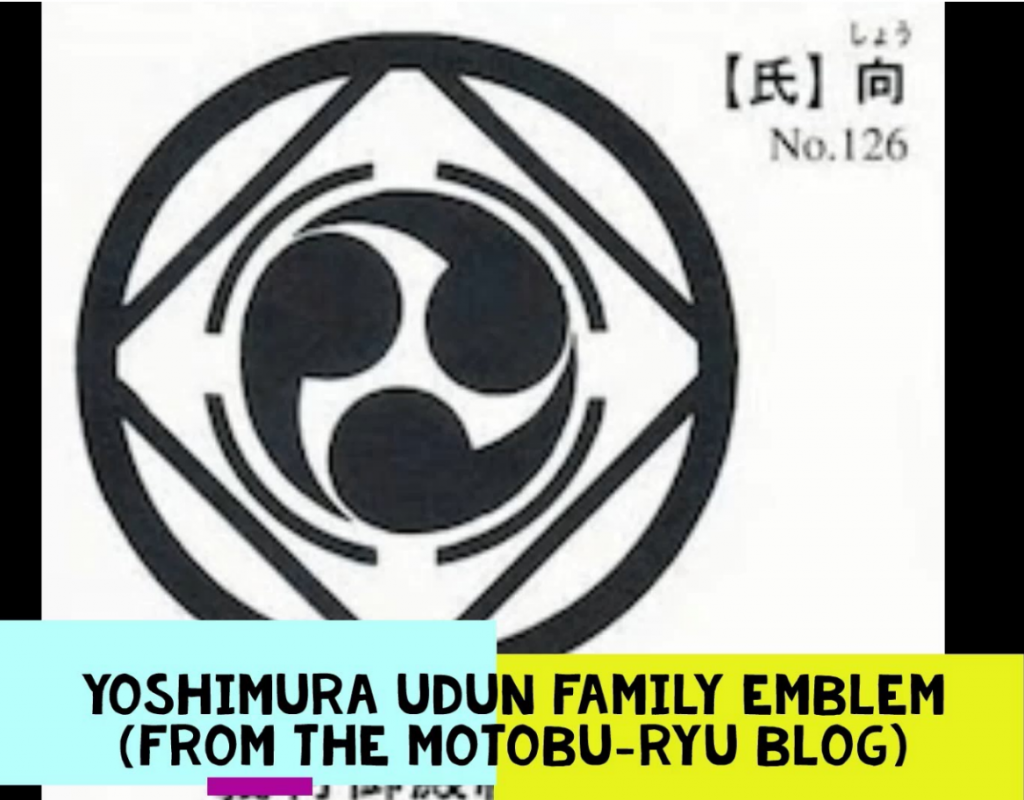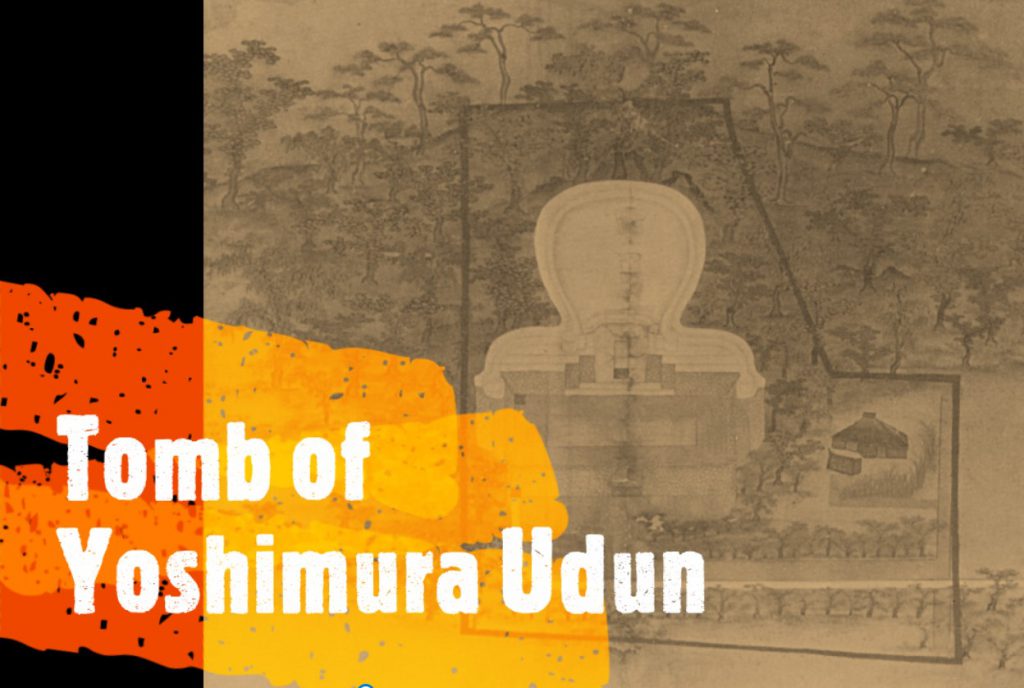(from Japanese Wikipedia, translation by Andreas Quast)
Yoshimura Chōmei (October 10, 1830 – January 9, 1898) was the 3rd-generation head of the Yoshimura Udun and a government official and politician during the closing days of the Ryūkyū kingdom. He is known as one of the central figures of the stubborn party (anti-Japanese faction). His Chinese-style name was Shō Shirei. His official name was Yoshimura Aji Chōmei.
He was born in Shuri in 1830 as the fifth son of his biological father Shō Bunki aka Okutake Uēkata Chōshō. In 1847, since the Yoshimura Udun had no heir, they adopted Chōmei from the branch family. He became the estate steward-general (sōjitō) of Kochinda district, and successfully reconstructed the impoverishment district.

In 1879, the Meiji government annexed the Ryūkyū Kingdom by force (“Disposition of Ryūkyū”), brought King Shō Tai (1843-1901) to Tokyo, and established Okinawa Prefecture in the same year. Chōmei led the stubborn party against the Disposition of Ryūkyū. During the First Sino-Japanese war (1894-1895), he campaigned to pray for the victory of the Qing Dynasty. After the defeat of the Qing Dynasty, he and his oldest son, Oroku Aji Chōshin, exiled to China and petitioned for “Ryūkyū Independence.”
He died at the Fuzhou Rouyuanyi (= the Ryūkyūkan in Fuzhou) in 1898. He was 68 years old.
Genealogy
- Father: Shō Ken, aka Yoshimura Ōji Chōshō
- Biological father: Shō Bunki, aka Okutake Uēkata Chōshō
- Biological mother: Omodo (daughter of Shō Taigi, aka Matsushima Uēkata Chōjō)
- Wife: Omodogane (daughter of Uchima Pēchin Ryōkei of the Ba-clan)
- Eldest son: Shō Meiryō, aka Oroku Aji Chōshin
- Oldest daughter: Makamado
- Second wife: Makamadogane (daughter of Shō Ken, aka Ie Ōji Chōchū)
- Second son: Shō Meitoku, aka Yoshimura Aji Chōgi
- Fourth son: Shō Meitsū
- Sixth son: Shō Meikin
- Third daughter: Matsurugane
- Ninth son: Shō Meishū
- Mistress Ushi (daughter of Goya Chikudun, commoner from Kobashigawa village in Nishihara district)
- Third son: Shō Mei’en
- Fifth son: Shō Meitatsu
- Second daughter: Omodogane
- Seventh son: Shō Meiren
- Eighth son: Shō Mei’ai
Related items
- Dasshin-nin (Ryūkyūan political exiles to China, 1874 to 1896)
- Ryūkyū Domain (Ryūkyū-han)
- Kōchi Chōjō
- Rin Seikō (1842-1880; aka Nashiro Satonushi Pēchin Shunbō)
- Kamegawa Seibu
- Tomikawa Seikei
- Higaonna Kanryō
| previous generation Yoshimura Chōshō | Yoshimura Udun 1847 – 1898 | next generation Yoshimura Chōgi |
Translators’ note
Yoshimura Chōmei is an example of old-style martial arts tradition. According to Nakamoto Masahiro (2007: 198–200), Chōmei instructed his oldest son Chōshin and second son Chōgi in the martial arts, and in addition instructed Kinjō Sanra, who became famous as a constable (Ufuchiku) and master of Saijutsu.
BTW, in 1933, second son Chōgi returned the remains of both his father Chōmei and his older brother Chōshin from Fuzhou to Okinawa, where they were buried in a tomb in Shuri.

© 2020, Andreas Quast. All rights reserved.
